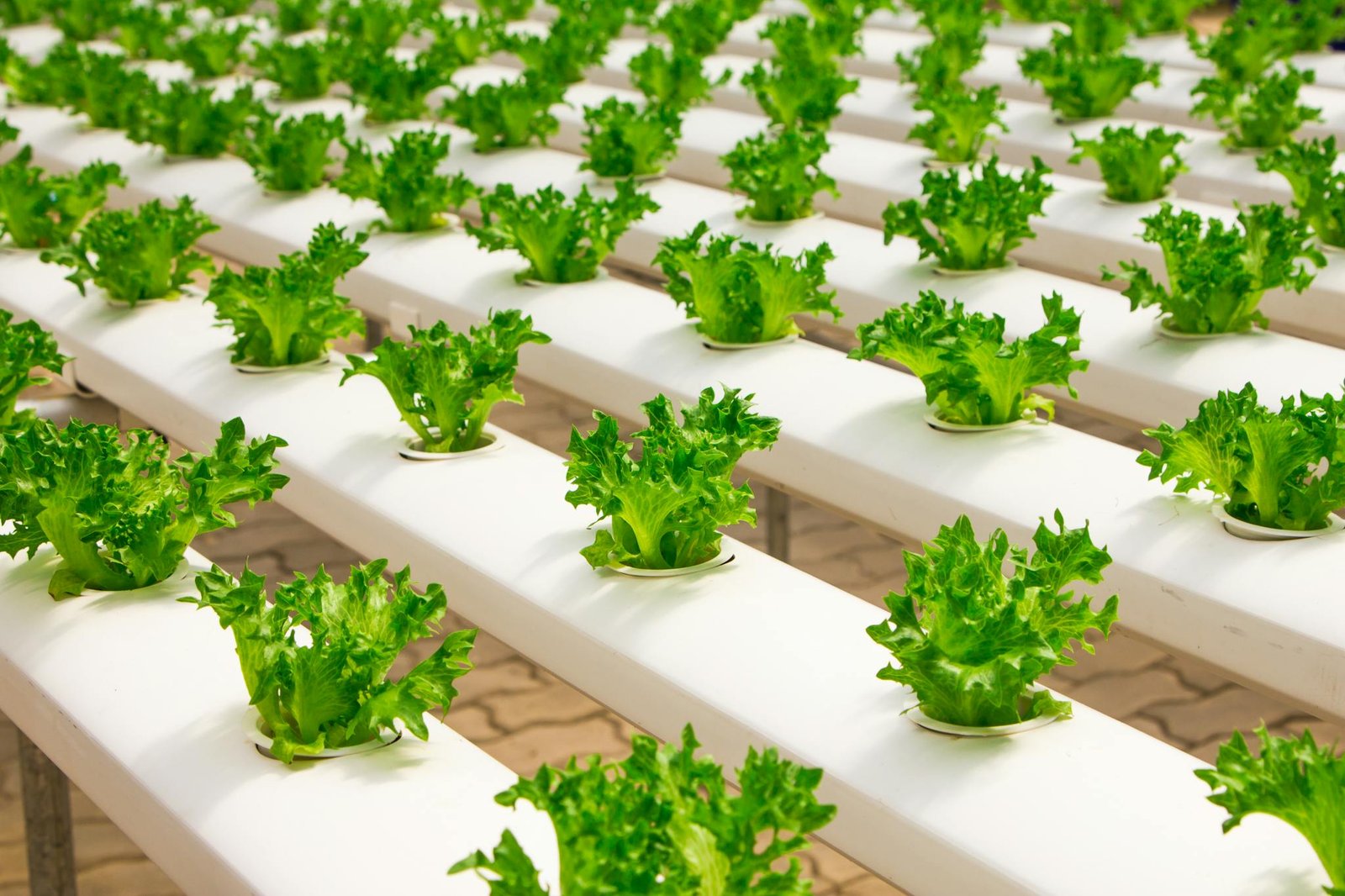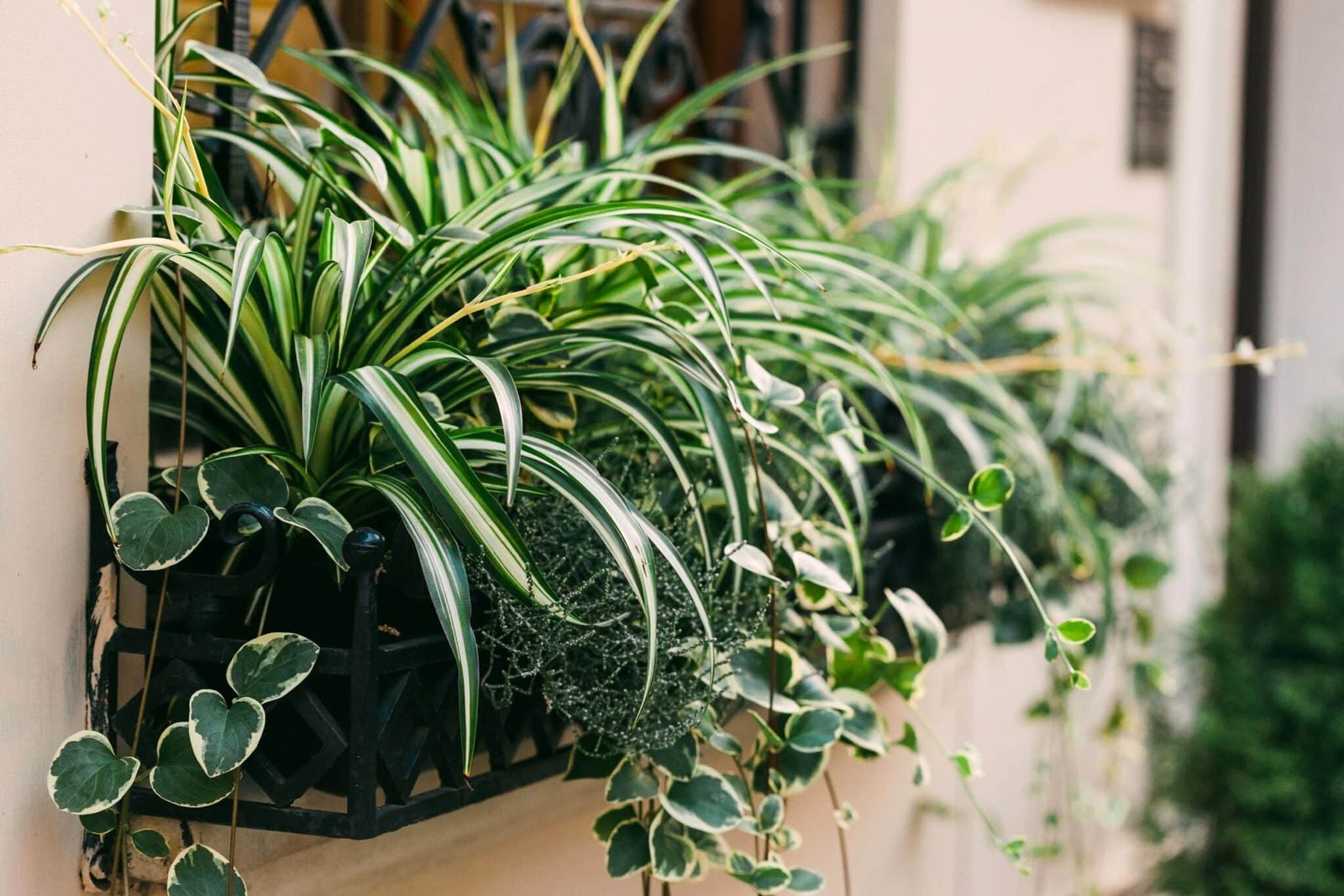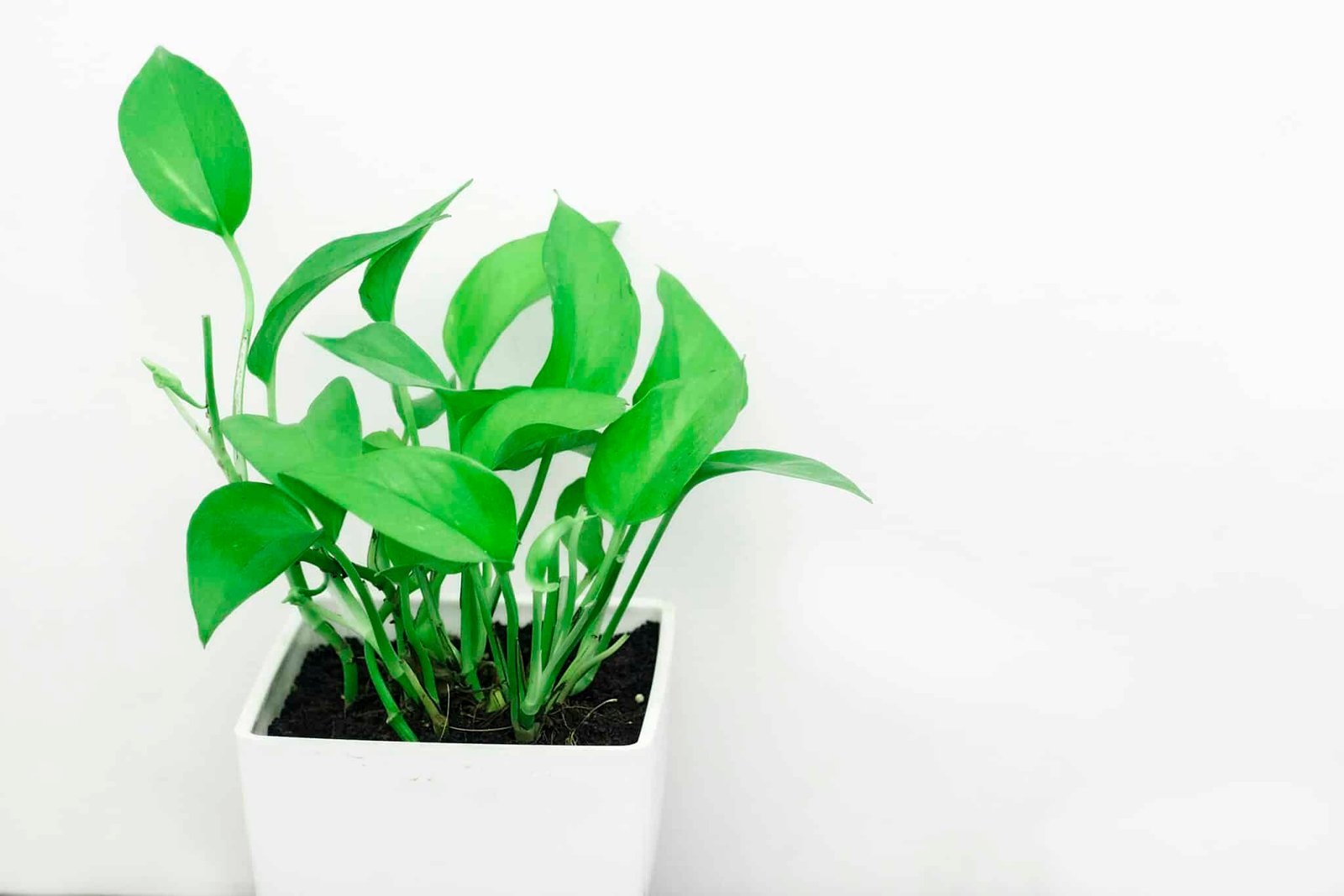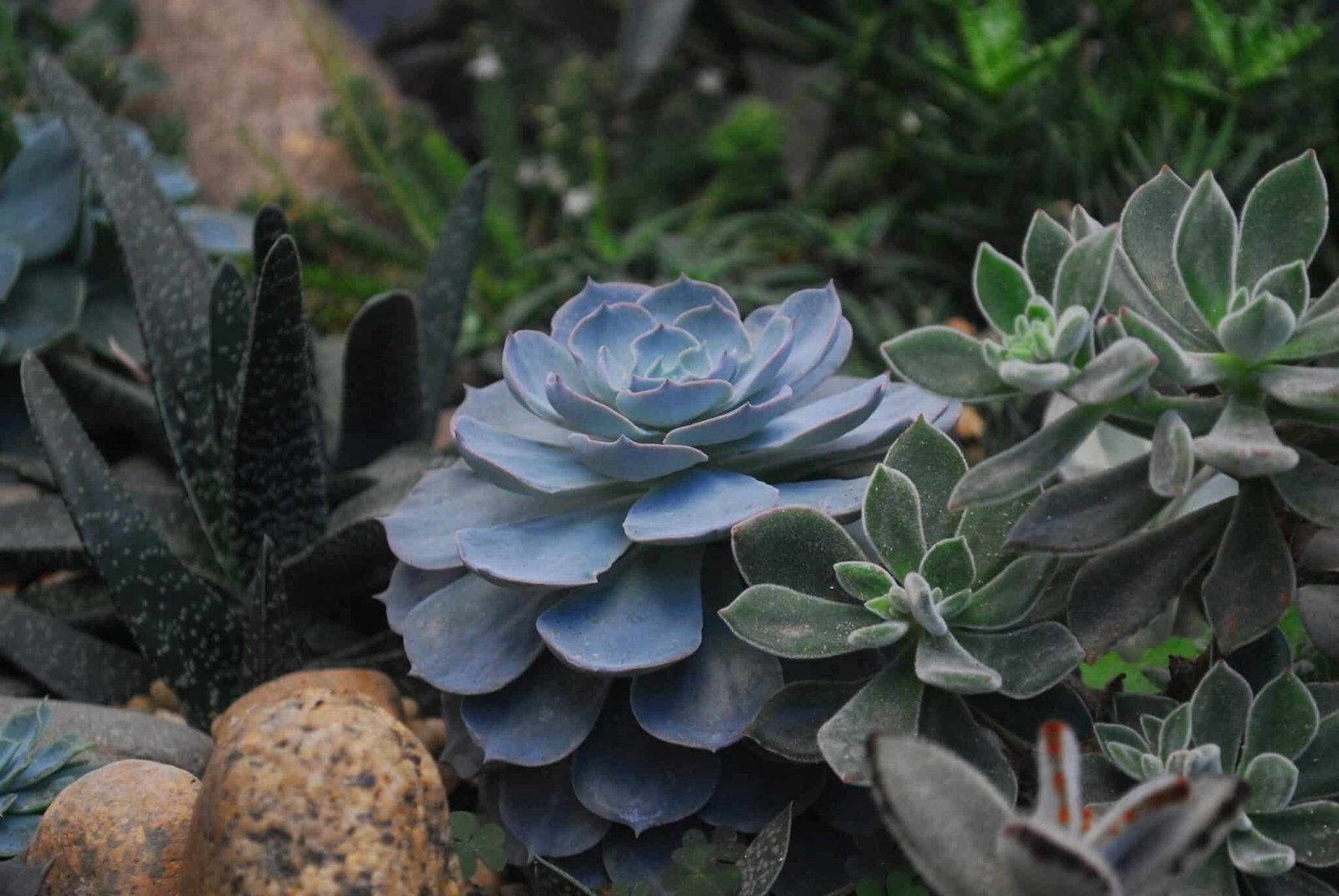How to Start Hydroponic Gardening: Easy Tips for Newbies
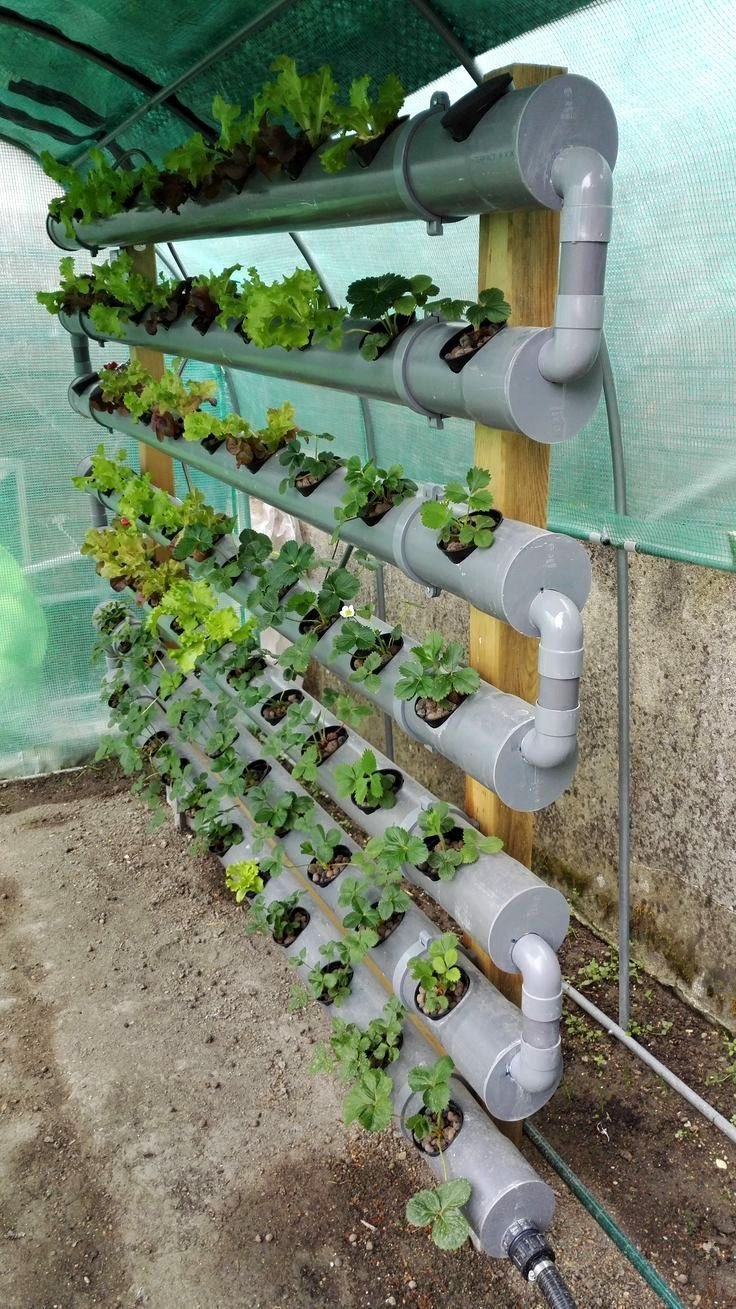
Are you eager to grow fresh produce right at home but unsure where to start? Hydroponic gardening might be the perfect solution for you! This innovative method allows plants to flourish without soil, using nutrient-rich water instead.
With hydroponics, you can cultivate a variety of herbs, vegetables, and even fruits in small spaces, making it an ideal choice for urban dwellers or anyone with limited outdoor gardening options. In this article, we’ll share ten easy tips to get you started on your hydroponic gardening journey, ensuring you can enjoy the satisfaction of growing your own food at home. Get ready to dig in—well, sort of! No soil required, just a little knowledge and enthusiasm.
1. Choose the Right Hydroponic System

Understanding the different types of hydroponic systems is crucial for a successful start. Each system has its own benefits and is suited for particular plants and spaces.
1. Deep Water Culture (DWC): Plants are suspended in a nutrient solution, with roots submerged for easy nutrient absorption. This method is fantastic for leafy greens like lettuce and herbs.
2. Nutrient Film Technique (NFT): A thin film of nutrient solution flows over the roots, ensuring they remain moist without being submerged. Ideal for fast-growing plants like basil and mint.
3. Ebb and Flow (Flood and Drain): This versatile system floods the grow bed with nutrient solution and then drains it back, providing both oxygen and nutrients to the plants. It’s excellent for a variety of plants, particularly in larger setups.
4. Aeroponics: Roots hang in the air and are misted with nutrient solution, promoting rapid growth. This system is perfect for high-value crops.
Choosing the right system can drastically affect your experience and success in hydroponic gardening. Researching which system aligns with your goals and available space will set the foundation for your gardening success.
Image Credit: Rex_Garden
2. Select the Best Plants for Hydroponics

Not all plants thrive in hydroponic systems, so choosing the right ones is essential for beginners.
Ideal plants include:
– Lettuce: Quick-growing and easy to manage; perfect for beginners.
– Herbs: Varieties like basil, mint, and parsley flourish in hydroponic setups.
– Tomatoes: While they require a bit more attention, they can yield delicious results.
– Peppers: These can also do well in hydroponics, providing vibrant colors and flavors.
Consider starting with easy-to-grow varieties to build your confidence before experimenting with more challenging options. Additionally, pay attention to the space and conditions you can provide for your plants to ensure they thrive. It’s important to note that leafy greens generally perform best in hydroponic environments, making them an excellent choice for beginners.
3. Ensure Proper Lighting
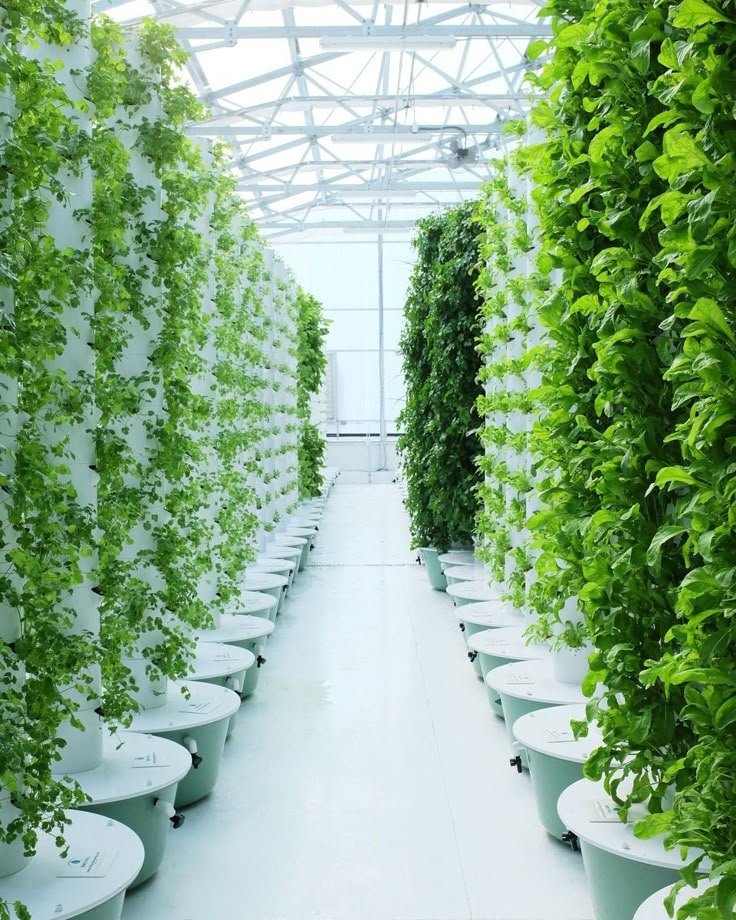
Lighting plays a pivotal role in the success of hydroponic gardening, especially if you’re growing indoors.
1. Natural Light: If you have access to a sunny window, you can use natural light to grow your plants. However, be aware that the intensity and duration of sunlight can vary by season.
2. Grow Lights: For indoor gardening, investing in LED or fluorescent grow lights can make a significant difference. LEDs are energy-efficient and emit less heat, making them ideal for small spaces.
3. Light Duration: Most plants require 12-16 hours of light daily. A timer can help automate lighting schedules, ensuring your plants receive consistent light exposure.
Proper lighting not only promotes healthy growth but also enhances the quality of your harvest. Remember to adjust the distance of the lights from the plants to prevent burning or inadequate light exposure.
4. Monitor pH and Nutrient Levels
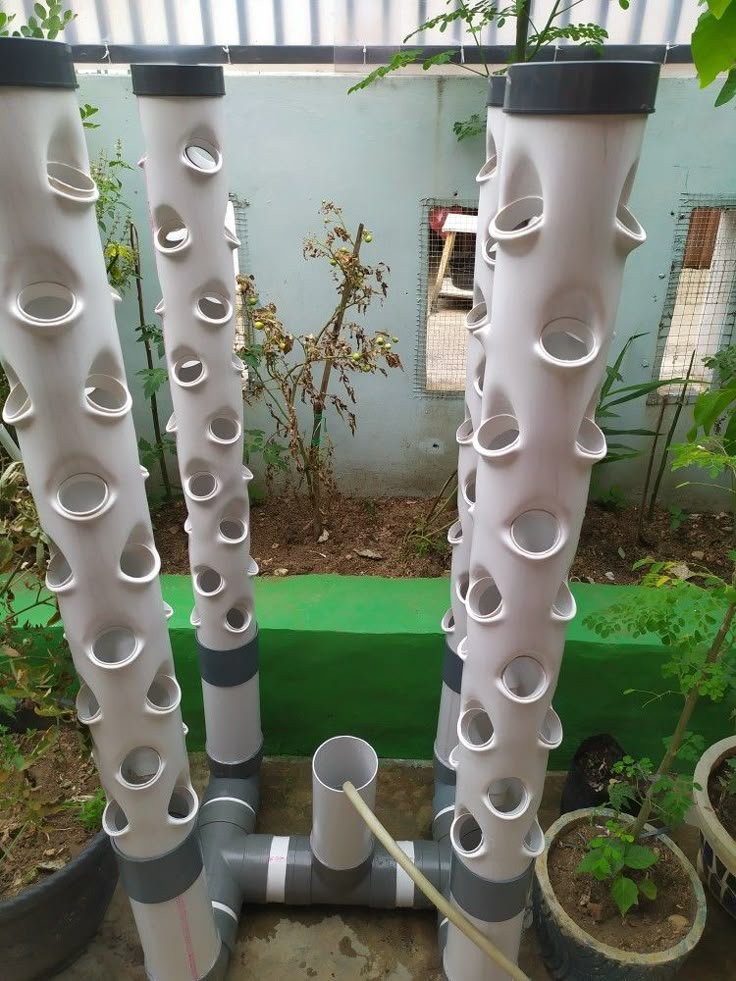
Maintaining the right pH and nutrient levels is crucial for your hydroponic garden’s health.
– pH Levels: Most plants thrive in a pH range of 5.5 to 6.5. Regularly test and adjust the pH of your nutrient solution to keep it within this range.
– Nutrient Concentration: Over or under-fertilizing can harm your plants. Use a nutrient solution specifically formulated for hydroponics, following the recommended guidelines for dilution and frequency.
– Testing Kits: Invest in reliable pH and EC (Electrical Conductivity) meters to monitor nutrient uptake.
By keeping an eye on these levels, you can ensure that your plants receive the right balance of nutrients, promoting robust growth and healthy yields. Regular monitoring can prevent nutrient burn or deficiencies, leading to a successful growing experience.
5. Start Small and Scale Up
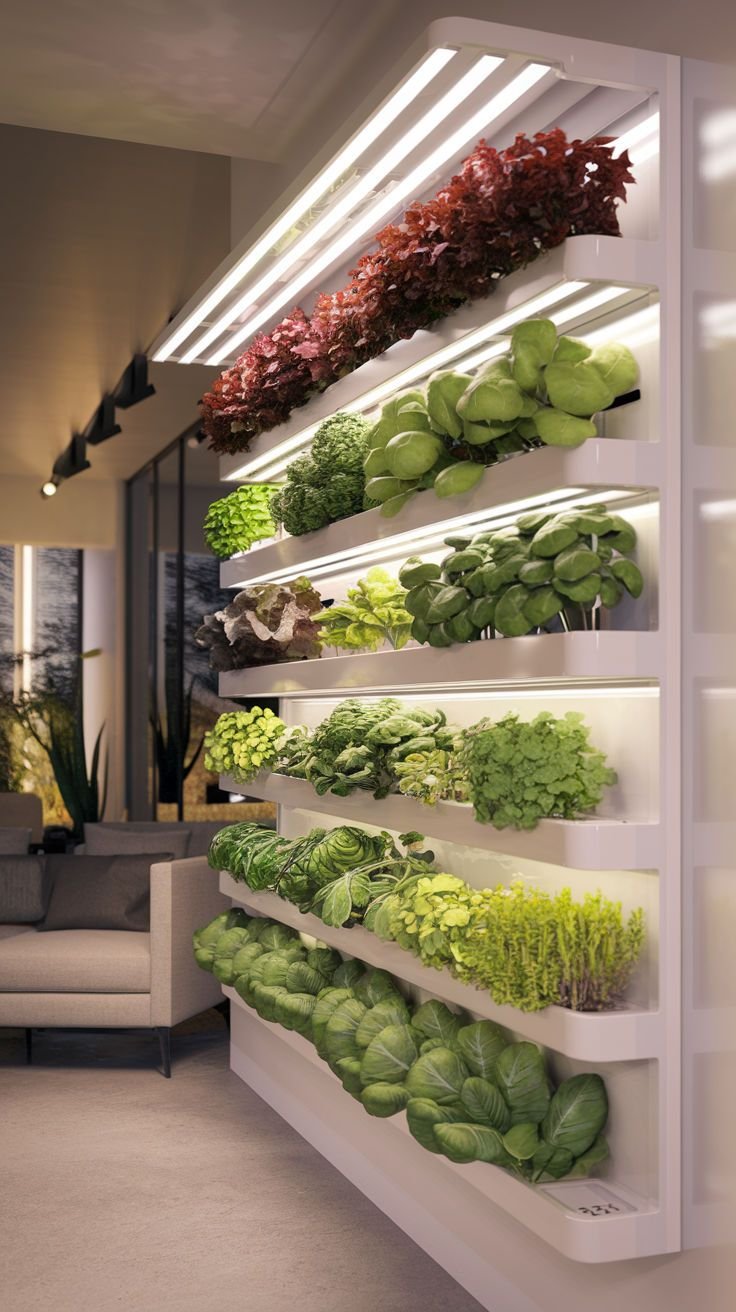
As a newcomer to hydroponic gardening, it’s wise to start small.
1. Mini Systems: Consider starting with a small countertop hydroponic kit. These are often designed for beginners and can fit in limited spaces.
2. Trial and Error: Use this initial setup to experiment with different plants and systems. Observe what works best for you and your environment.
3. Gradual Expansion: Once you feel confident, gradually scale up your systems. You can expand by adding more containers or switching to larger systems.
Starting small allows you to learn the ropes without overwhelming yourself. It also provides an opportunity to refine your techniques and understand your plants’ needs before investing in more complex setups.
Image Credit: smartplantstore
6. Keep Your Setup Clean
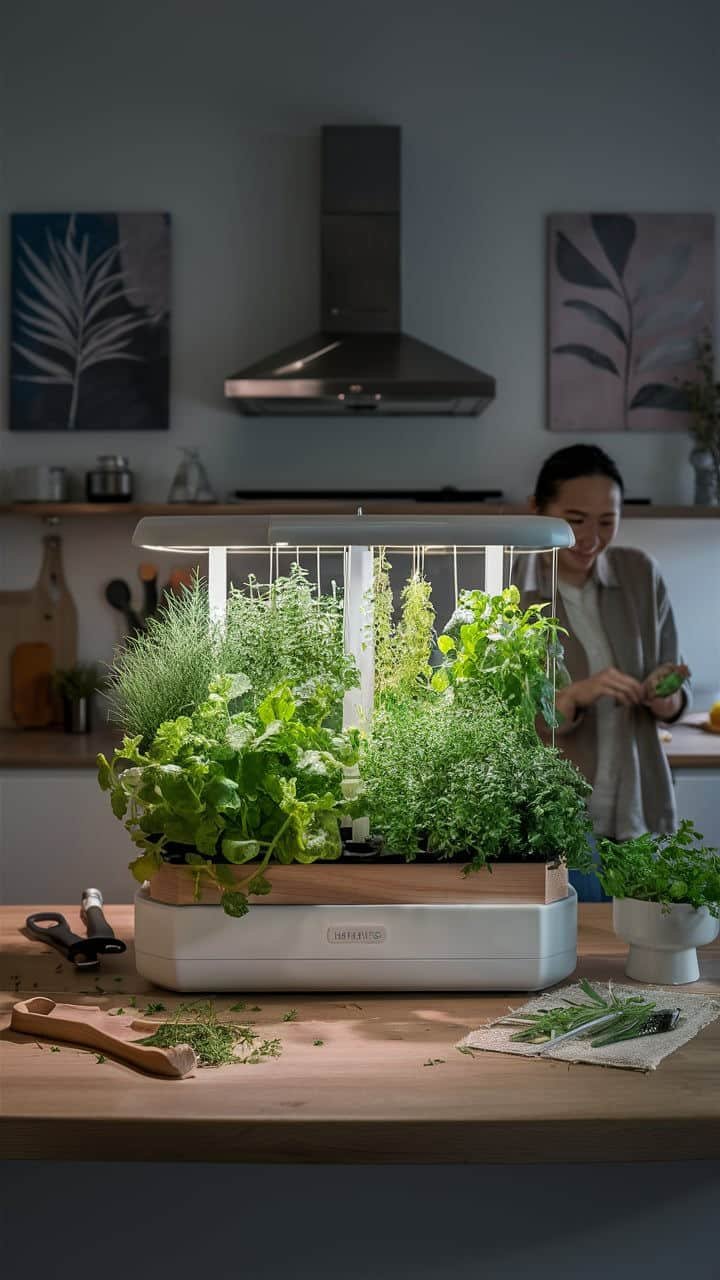
A clean hydroponic system is vital for plant health.
1. Regular Maintenance: Routinely check for algae, debris, and any signs of disease. Keeping your system clean prevents blockages and nutrient imbalances.
2. Sanitize Equipment: Before starting a new growing cycle, sanitize your containers and tools. This helps prevent the transfer of pathogens or pests.
3. Proper Water Management: Ensure water levels are balanced and that your pump is functioning correctly. Proper water management prevents root rot and other issues.
By maintaining a clean environment, you can promote healthy plant growth and avoid common pitfalls that can hinder your hydroponic gardening journey.
Image Credit: 03n00jn2hnkfr2gs5rge6pa3b3x7cn
7. Be Patient and Observe
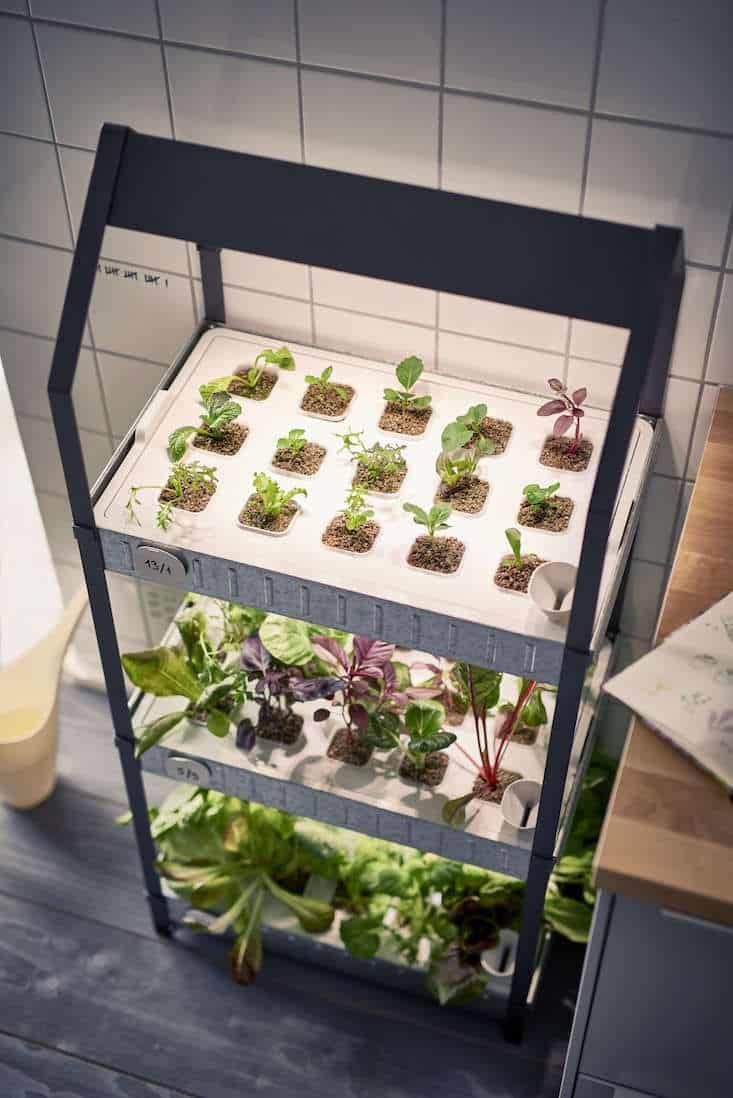
Gardening requires patience, especially in hydroponics.
1. Growth Time: Different plants have different growth cycles. Some may sprout within days, while others take weeks. Educate yourself on the typical timelines for the plants you’ve chosen.
2. Observation: Keep a close eye on your plants. Look for any signs of stress, such as wilting or discoloration. Observing your plants’ behavior will help you respond quickly to their needs.
3. Record Keeping: Maintain a journal to track your plants’ growth and any adjustments you make. This will help you learn and improve your gardening skills over time.
Patience, coupled with careful observation, can help you become a more successful hydroponic gardener. Remember, every plant has its unique needs and growth patterns.
Image Credit: RMGardenista
8. Connect with the Hydroponic Community
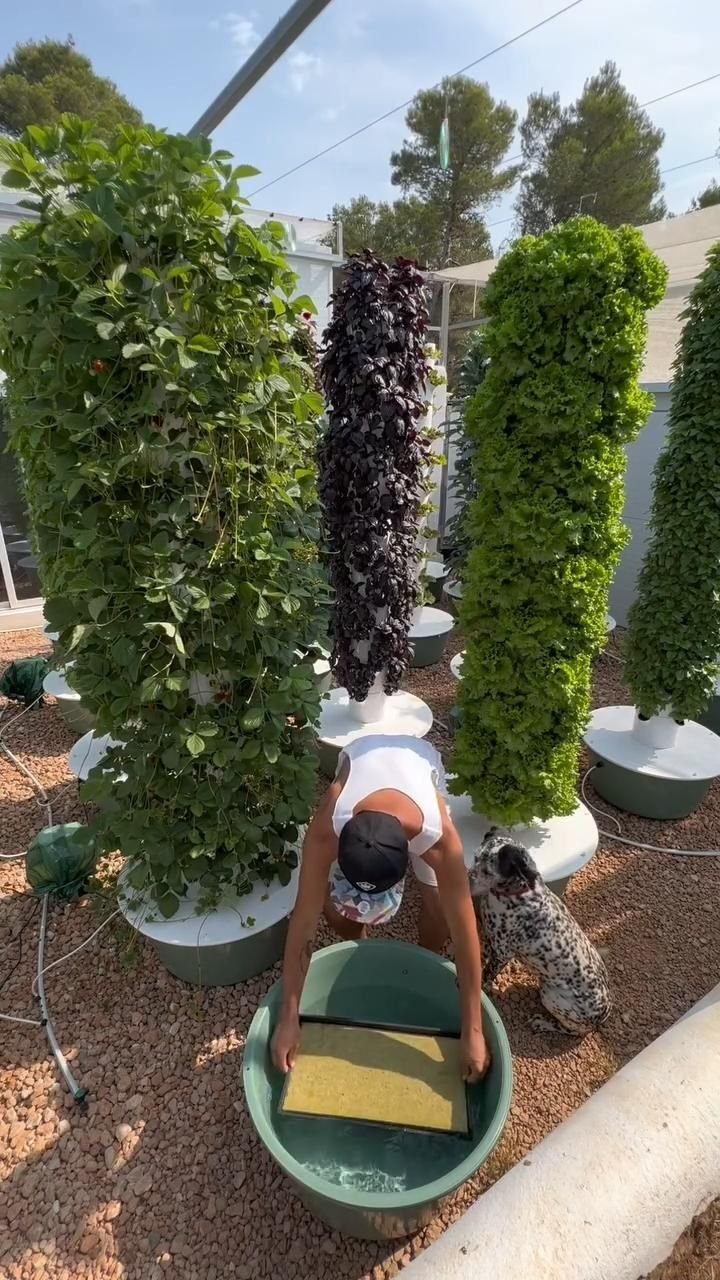
Joining a community can enhance your hydroponic gardening experience.
1. Online Forums: Participate in online forums or social media groups dedicated to hydroponics. Sharing experiences and advice with fellow gardeners can provide valuable insights.
2. Local Workshops: Look for local gardening workshops or classes on hydroponics. Engaging with others in person can boost your knowledge and confidence.
3. Networking: Establish connections with other hydroponic enthusiasts. Exchanging tips, tricks, and plant varieties can lead to a more fruitful gardening experience.
Being part of a community not only enriches your learning but also fosters a sense of belonging, making your hydroponic journey even more enjoyable.
9. Explore Vertical Gardening Solutions
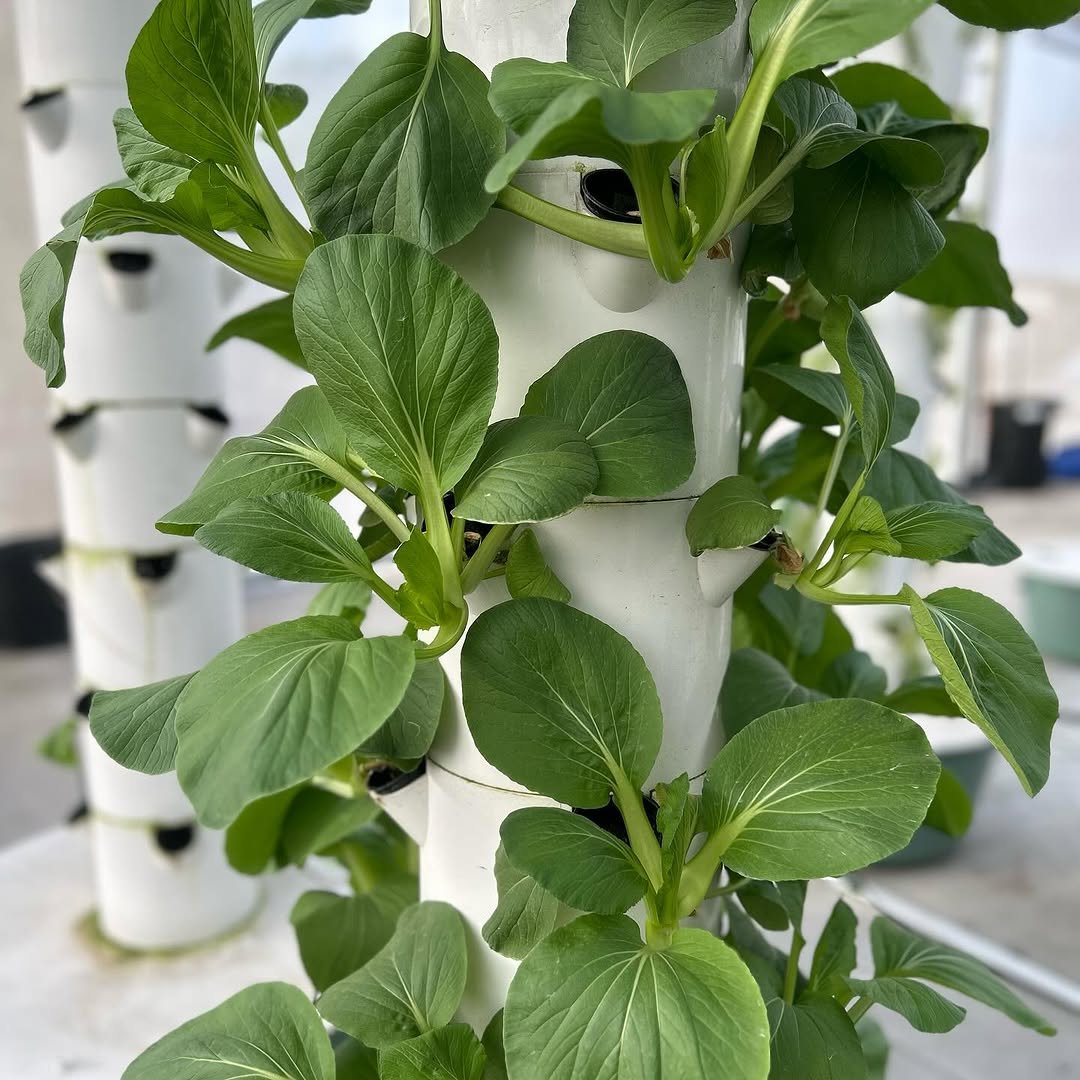
If space is limited, consider vertical gardening solutions for your hydroponic setup.
1. Vertical Towers: These systems allow you to grow plants upward, maximizing space. They are perfect for herbs and small vegetables.
2. Wall Planters: These can be mounted on walls and are excellent for creating a green focal point in your home.
3. Stacked Containers: Using stacked containers can also save space while providing ample growing area.
Vertical gardening not only optimizes space but also creates a stunning visual appeal in your home. It’s an innovative way to integrate nature into your living environment while growing your own food.
Image Credit: www.instagram.com
10. Enjoy the Fruits of Your Labor
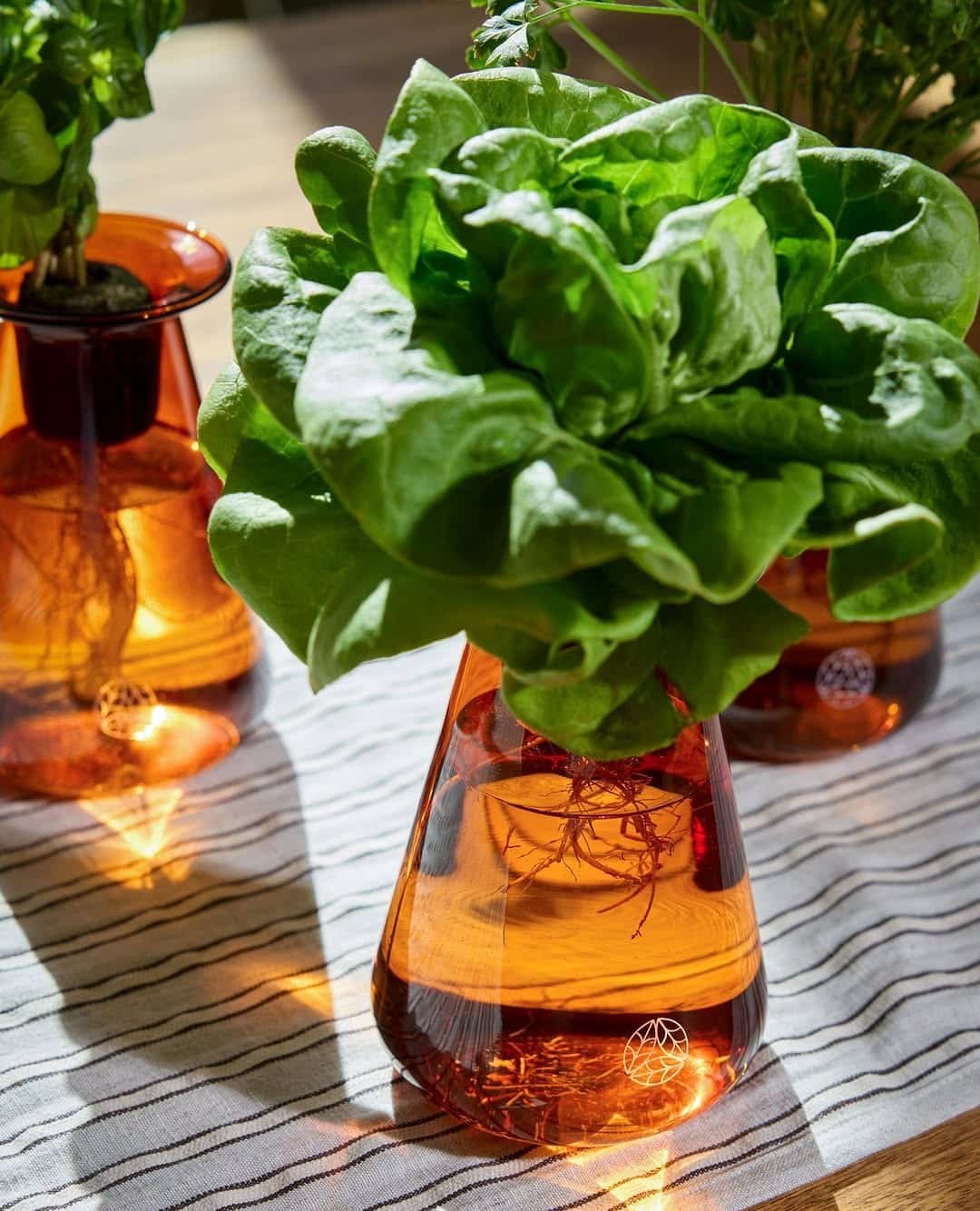
The best part of hydroponic gardening is reaping the rewards of your hard work!
1. Harvesting: Learn the optimal time to harvest your crops for the best flavors and nutrients.
2. Cooking with Fresh Ingredients: Incorporate your home-grown produce into your meals. Fresh herbs and vegetables can elevate your cooking to new heights.
3. Sharing with Friends: Share your bounty with friends and family. Not only is it rewarding, but it also spreads the joy of hydroponic gardening.
Enjoying what you’ve grown will motivate you to continue your hydroponic gardening journey, leading to even more delicious experiences in the future.
Image Credit: www.instagram.com
Conclusion

Starting your hydroponic gardening journey can be both rewarding and fulfilling. By following these easy tips, you can create a thriving garden that brings fresh food right to your home.
Don’t hesitate to connect with fellow gardeners, experiment with different plants, and enjoy the process. Happy gardening!


